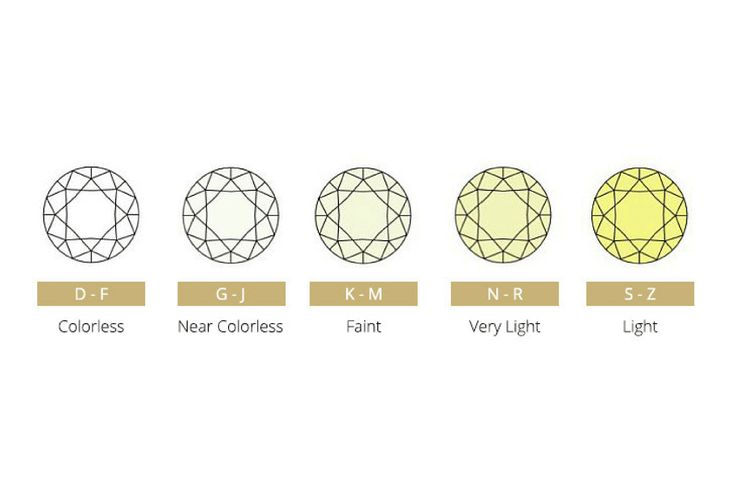top of page
.png)
.png)
Diamond Guide
Diamonds have been sought after for years, and no one does it better than us. Our reputation as a top diamond manufacturer means we always maintain the highest standards of quality and sparkle. Our highly skilled experts use their vast knowledge to create stunning diamonds from the finest mines in the world.

Learn about the 4 C's
Choosing a diamond for your engagement ring is a big commitment, but how do you know you’ve found the perfect stone? Before buying a
diamond, we’d always recommend you have a good grasp of the 4Cs, and
how a diamond’s characteristics are graded.
Cut
The primary objective after cutting a diamond is to bring out the brilliance and intensity of the gemstone. The way your diamond draws and releases light will ultimately decide its beauty. In case, the diamond is cut poorly, then it makes the diamond look flat and boring.

Colour
White diamonds are graded on a scale of 23 shades, ranging from rare ice white D (colourless) to the warmer Z (light colour). Beyond this colour palette, diamonds are classified as Fancy Colours. A chemically pure and structurally perfect diamond has no hue, like a drop of pure water, and consequently, a higher value.

White diamonds are graded on a scale of 23 shades, ranging from rare ice white D (colourless) to the warmer Z (light colour). Beyond this colour palette, diamonds are classified as Fancy Colours. A chemically pure and structurally perfect diamond has no hue, like a drop of pure water, and consequently, a higher value.

Clarity
“Clarity” refers to the internal and external flaws within a diamond, known as “inclusions” and “blemishes.” The higher clarity grade signifies fewer or less visible flaws/imperfections, making the diamond more valuable and eye-catching.

Carat
The bigger the diamond, the better the chances of impressing your partner. It generally refers to its weight. One carat is equivalent to 200 milligrams. Higher-carat diamonds are more valuable, however, cut, shape, and proportions are also responsible for their overall look and feel.

Diamond Certification


Timeless Creations
These characterful pieces demonstrate our artistry in harmonious design. Natural diamonds are elevated by a purity of setting, giving full light to the hero diamonds.






bottom of page
.png)